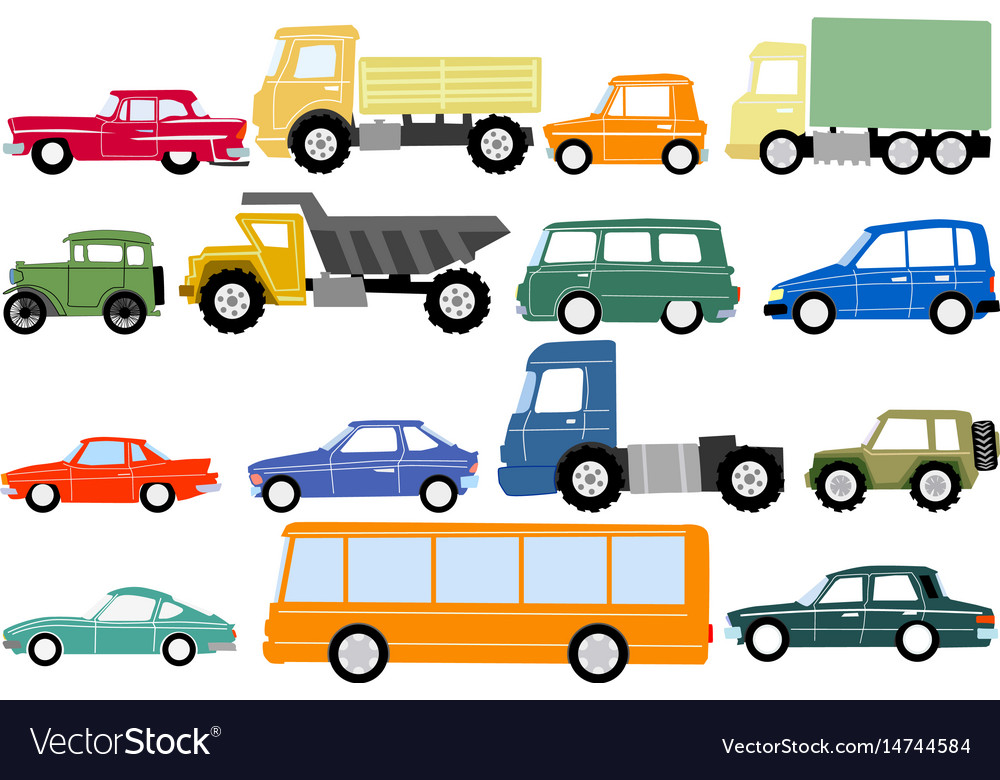It`s undeniable that Artificial Intelligence has revolutionized all aspects of life, not only for experts and programmers, but even for ordinary men and their fields of activities.
Today AI-powered tools can quickly and easily perform any process that used to take too long to be accomplished. The field of vehicle damage has also been touched by this revolution, and vehicle damage detection has become faster, more accurate and efficient. Developers who need to devise application that can ease down the process to their clients in the field of vehicle industry should read the recommendation herewith.

Insurance companies, auto dealerships, car rentals and anyone else who needs to detect vehicle damage need a tool like Vehicle Damage Detector API. This software can perform the inspection process, which used to be done by expensive experts, in a much shorter time, at sensitively lower cost, and with exceptionally high accuracy.
How Does Vehicle Damage Detector API Work?
Vehicle Damage Detector API uses AI to quickly and accurately detect damage on a vehicle. The API uses a combination of ML, DL and computer vision to identify specific vehicle parts and damage types. Inspection, detection, location, assessment and appraisal of damage is reported by merely inputting the URL of an image of the vehicle. In real-time the API returns a thorough report with information on all detected damage, making it easy to identify and assess the damage.
It can also be used to automatically spot and report vehicle damage, saving time and money, for law enforcement agencies. In the insurance business, Vehicle Damage Detector API can help develop better risk models and make more accurate claims decisions. This will allow to make better decisions by processing large amounts of data and analyzing them quickly, which can lead to better customer service and lower premiums, as well as make predictions about risk, claims, and other factors that affect insurance rates.
Vehicle Damage Detector is perfect for anyone who needs to detect vehicle damage, including auto repair shops and government agencies. The impact of AI-powered tools on all activities is amazing!
What Are The Benefits Of An AI-powered API
Vehicle Damage Detector is an easy-to-use, web-based application that allows to quickly and easily detect vehicle damage. The application uses computer vision techniques to automatically identify specific vehicle parts, as well as the types of damage that are present.
It´s designed to be easy-to-use, yet highly accurate.
The application uses computer vision techniques to automatically identify specific vehicle parts, as well as the types of damage that are present. It`s perfect for anyone who needs to scan a vehicle for damage.
What About Pricing?
The first 100 requests per month are without cost after you sign up for an account with Vehicle Damage Detector API. After this, there are several paid options that allow to scale one´s request limit.
The AI revolution has a new battlefield: the car industry and subsequent activities. It can detect over 30 different types of damage and make it easier for insurance companies to process claims, but not only for this field, as stated above. It’s also for consumers who want to avoid the hassle of dealing with insurance companies. With this tool, the user can quickly and easily detect damage on his own vehicle and submit a claim.
How Does This AI-powered API Work?
Counting on a subscription on Zyla API Hub marketplace, just start using, connecting and managing APIs. Subscribe to Vehicle Damage Detector API by simply clicking on the button “Start Free Trial”. Then meet the needed endpoint and simply provide the picture of the product. Make the API call by pressing the button “test endpoint” and see the results on display. The AI will process and retrieve an accurate report using this data.
It`s advisable to keep the input image under 5MB, between 2000×2000 and 640×480in resolution for a more accurate response. To avoid longer process times it´s recommended not to use higher resolution images. For best damage detection, it’s recommended to take a close picture of the area, approx. 80cm – 1.5m when taking the picture.
If the input is “draw_result”: true,
“image”: “https://i.insider.com/54da54336bb3f7156eeef89e?width=800&format=jpeg”, the result will look like this:
{ "bbox": [ 322, 411, 444, 481 ], "damage_category": "slight_scratch", "damage_color": [ 50, 50, 100 ], "damage_id": "1", "damage_location": "rear_bumper", "score": 0.602163 }, { "bbox": [ 403, 300, 487, 391 ], "damage_category": "slight_scratch", "damage_color": [ 50, 50, 100 ], "damage_id": "1", "damage_location": "right_rear_tire", "score": 0.422464 }

